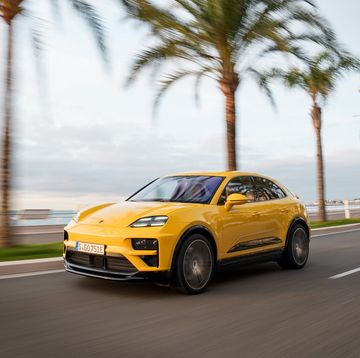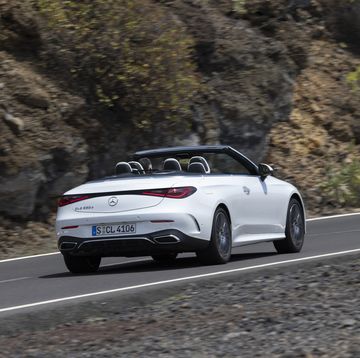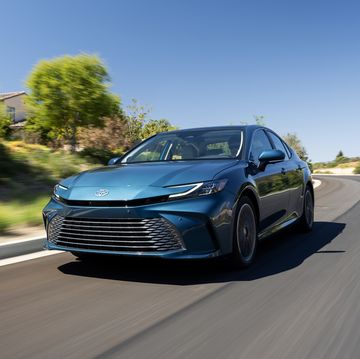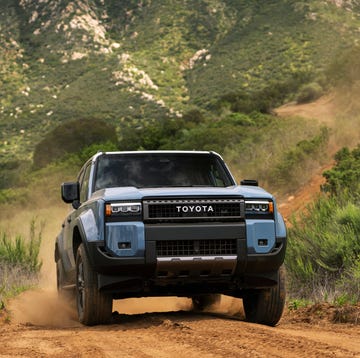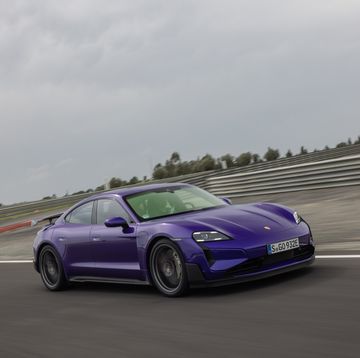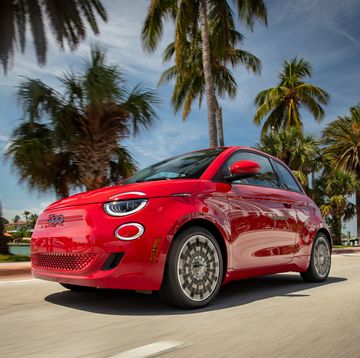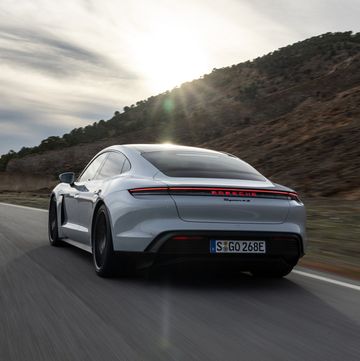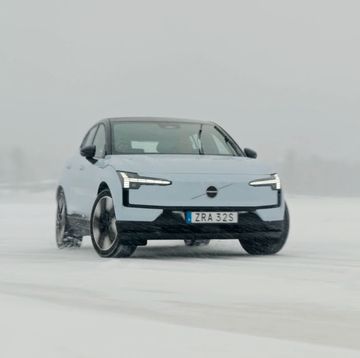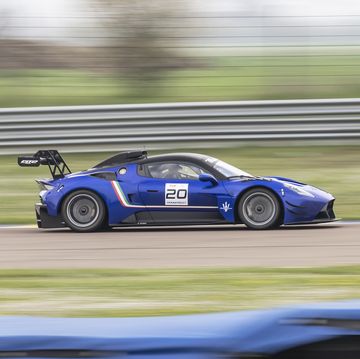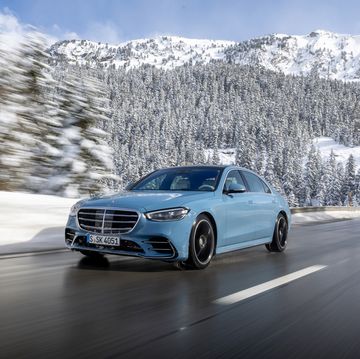Renault is eerily good at turning capable but, frankly, boring little hatchbacks into wolves-in-sheep’s-clothing-esque sports cars. Don’t let this car’s cute looks fool you. During a recent stint behind the wheel of the new Renault Clio Renault Sport, we discovered the little bugger packs some serious bite.
Many hot hatches are great at overloading your senses at every bend, but they also tend to jostle your kidneys with each rut in the asphalt. Driven at a normal pace, the Clio RS really doesn’t feel drastically different from the standard model. True, its suspension is tauter and the steering has much more feel to it, especially as speeds increase. But first impressions were of a calmer, more mature kind of hot hatch. As we found out, first impressions can also prove wrong. Once we caught a break in traffic—and darted for the first apex free of pesky pedestrians and speed cameras—the RS began to sparkle.
Detail Improvements
Compared with the regular Clio, Renault fitted longer stub axles to widen the front and rear tracks of the RS’s “Sport” chassis by 1.9 and 2.0 inches, respectively, and extended the wheelbase by 0.4 inch, to 101.8. The front strut suspension uses plenty of lightweight aluminum hardware to save weight. The rear suspension is a fairly low-tech torsion-beam setup. Body roll is kept in check by a thicker 0.8-inch anti-roll bar in front and the fitment of a 1.2-inch unit in the rear, which increases stiffness by a claimed 25 percent. Even the car’s 215-series Continental ContiSportContact 3 tires have a five-percent reduction in rolling resistance compared with the rubber fitted to the previous-generation Clio RS. The 17-inch aluminum alloy wheels are also 2.2 pounds lighter than those of the older model.
Press materials for the RS gush about the car being “insensitive to torque steer.” We love poking fun at this kind of breathless marketing boast, yet try as we might—whether flicking the car through urban traffic or tearing down a French autoroute—the front wheels never felt overwhelmed.
A Subtle and Sporty Formula
If there is one thing the French know how to do well (outside the obvious, like wine, desserts, and kissing techniques), it’s to infuse a hot hatchback with equal amounts of sport and comfort. The RS exemplifies this with a relatively compliant ride that also hunkers down when you want to play road warrior. The suspension is taut but never punishing, and you constantly feel in control of what is going on at every corner. The seating position, however, sometimes makes it feel as though you were sitting too high.
We spent our time in the French-market Luxe trim, which is the more tolerable, everyday version. The 80-pound-lighter Cup model—less interior equipment and lighter wheels, seat frames, and transmission—is aimed more at hard-core enthusiasts, with sharper steering, a more rigid chassis, and a lower, stiffer suspension. We enjoyed the extra luxury equipment of the Luxe model, including a much appreciated navigation system, but it comes at a price: the equivalent of about $5000 over that of the simpler, entry-level Cup.
Whichever model you choose, the only engine offered is a naturally aspirated 2.0-liter four-cylinder delivering 198 hp at 7100 rpm. All this power near redline could equal lots of driving excitement, or simply a sore arm from having to relentlessly work the six-speed manual to keep the engine in its power band. Thankfully, with 159 lb-ft of torque at 5400 rpm, you don’t have to shift feverishly like a rally driver to get the most out of the car. Torque is up 20 percent from that of the previous RS, courtesy of a new cylinder head, continuously variable intake-valve timing, and revised engine mapping. First-, second-, and third-gear ratios have been shortened for quicker acceleration, with Renault estimating the RS dashing from 0 to 62 mph in 6.9 seconds and reaching a top speed of 140 mph.
Looking the Part
In terms of exterior styling, both trims have the same air extractors on the fenders, a Formula 1–inspired rear diffuser, and a new front splitter. The additions give the Clio RS a solid stance that makes many of the sport compacts sold here in the States look pretty lame by comparison. Unfortunately, all versions share the same dreary interior that simply fails to live up to the rest of the car. Hard plastics abound, and the cheap-looking center console appears overdue for a makeover. At least the aluminum pedal covers, Renault sport seats, perforated leather steering wheel, and yellow rev counter—with Formula 1–themed visual and audible shift indicators—add some fun to the dowdy cabin.
But Renault’s vision for the RS was rather narrow, with the bulk of development euros spent on chassis tweaks and engine tuning, not soft-touch plastics. The Clio RS’s focus will impress gearheads, and its handling could shame more than a few sports cars. However, it’s not the type of car that will impress your boss or get you much respect from label-conscious car aficionados. Maybe that’s why we like it so much.



